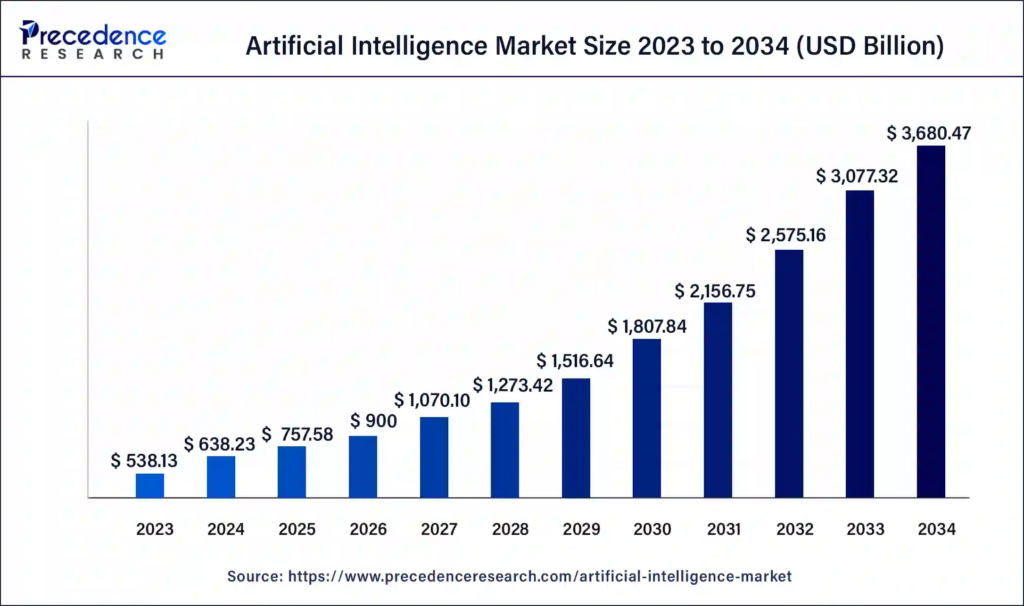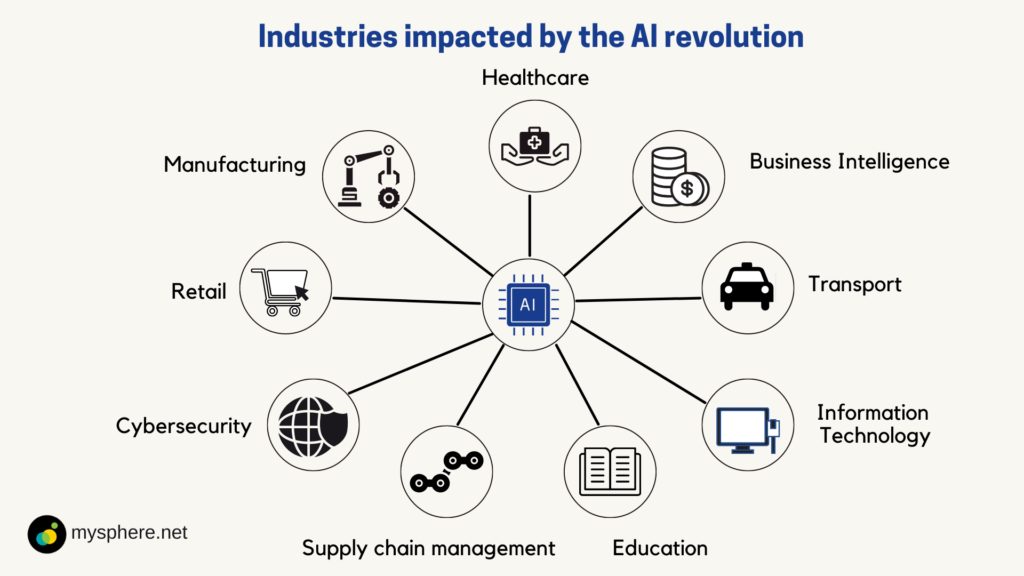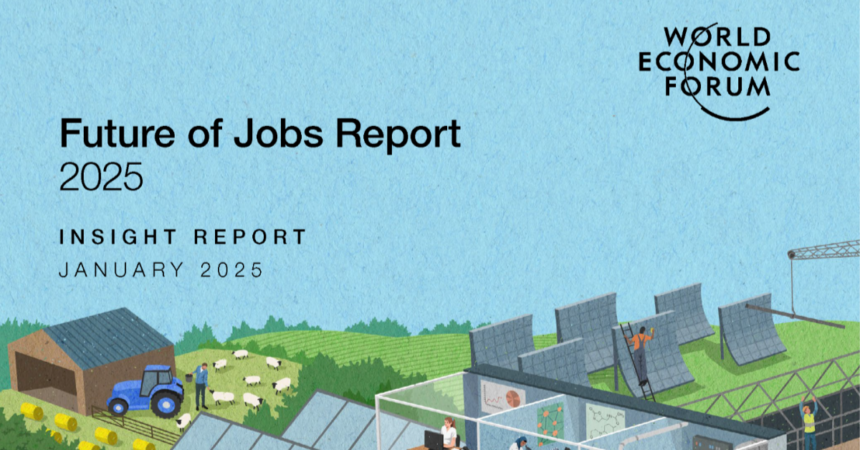Artificial Intelligence (AI) is often viewed as a disruptor of jobs, with fears of mass unemployment. However, a new World Economic Forum (WEF) report reveals a more optimistic outlook. By 2030, AI could create 78 million more jobs than it eliminates. This surprising finding shows that while AI will inevitably automate some tasks, it will also generate new global roles and opportunities for workers. Let’s dive into the key takeaways from this report and explore how AI is shaping the job market.
What’s Happening & Why This Matters
AI Creates New Job Opportunities
According to the WEF’s 2025 Future of Jobs Report, AI could create 170 million new jobs globally. While AI automation will eliminate 92 million positions, the net result will be a gain of 78 million jobs by 2030. This is a significant shift in perspective, highlighting that AI is a job killer and a job creator.
The report surveyed 1,000 companies that employ 14 million workers worldwide. It reveals that while 40% of businesses expect workforce reductions due to AI automation, two-thirds plan to hire talent with specific AI skills. Companies are not just replacing workers; they’re evolving their business models and seeking professionals who can navigate the changing business and technological landscapes.

The Most In-Demand Skills for 2030
The WEF report identifies specific skill sets that will dominate hiring by 2030. AI and Big Data expertise, cybersecurity, and technological literacy are expected to be the most in-demand skills. As companies transform their operations to integrate AI, workers with these competencies will be vital to success.
For instance, AI development, machine learning, and data science roles will grow tremendously. These jobs will require a high level of technical expertise and problem-solving capabilities. AI is also expected to create demand for professionals in fields such as ethical AI, helping organizations navigate the challenges of integrating these technologies responsibly.
Job Losses and Shifting Roles
While the overall outlook is positive, some job categories will inevitably face decline. The report highlights postal service clerks, executive secretaries, and payroll staff as positions likely to shrink due to AI and automation. The rise of generative AI, which can handle creative tasks like design and content creation, also impacts roles such as graphic designers and legal secretaries.
This contraction is not necessarily a negative change. It does reflect the evolution of the workforce. As AI takes over more routine tasks, workers must adapt to new roles, especially in industries that AI can enhance but not fully replace. For example, while AI may generate designs, human designers are still needed for creativity and oversight.

What’s Next for the Workforce?
As AI transforms industries, companies are reorienting their business strategies to fully take advantage of the technology. About half of employers plan to adjust their business models in response to AI. Many are prioritizing investments in AI-related skills. These investments will reimagine the global workforce and make it essential for individuals to embrace upskilling and reskilling to stay relevant.
TF Summary: What’s Next
The WEF’s report paints a hopeful future for AI in the workforce. While certain jobs will be automated, AI is expected to create millions of new positions requiring different skill sets. The future of work will revolve around technological literacy, big data, and AI expertise. There is a straightforward truth: Workers must adapt. As businesses increasingly their AI reliance, those with the right skills will be in high demand. Embracing change creates a future where AI doesn’t replace jobs — rather it creates opportunities for growth and innovation.
— Text-to-Speech (TTS) provided by gspeech


